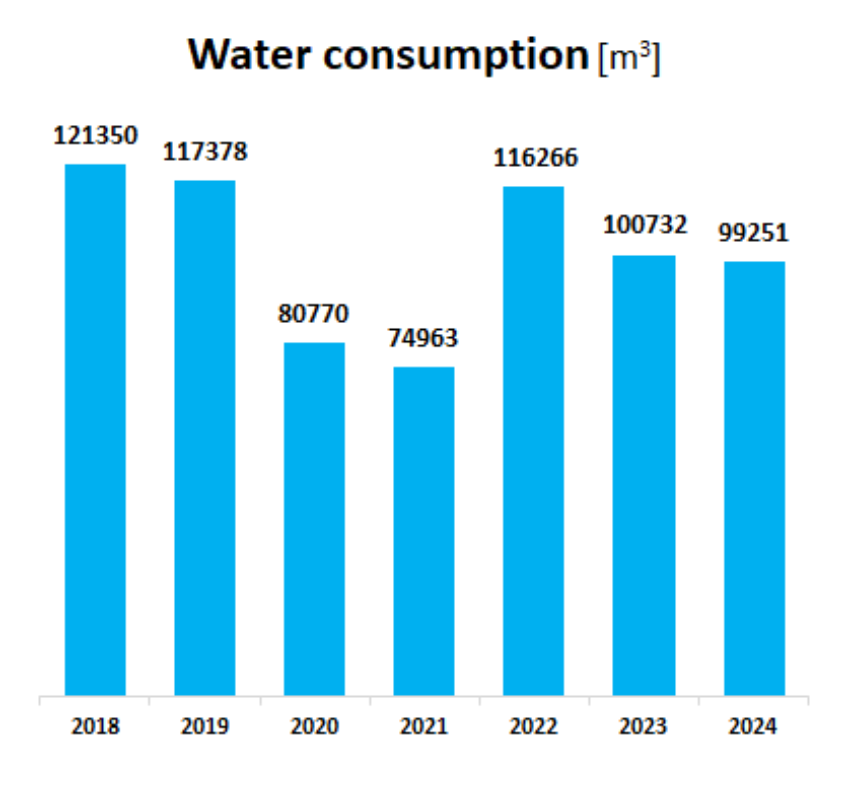The campus of VŠB-TUO is among the largest university campuses in the Czech Republic and Central Europe. The area supports a wide range of activities, from sustainable projects to community and socially responsible initiatives. Thanks to its facilities and the concept of a 'living laboratory,' both students and staff can develop innovations that contribute to environmental protection and social sustainability
|
Total area of the campus |
432 436 m2 |
|
Built-up area of the campus |
100 794 m2 |
|
Total area of buildings |
312 211 m2 |
| Area covered by vegetation |
151 714 m2 |
|
Area covered by forests |
28 999 m2 |
|
Area for water absorption |
150 929 m2 |
|
Area reserved for parking |
23 216 m2 |
|
Average number of cars per day on the campus |
731 |





